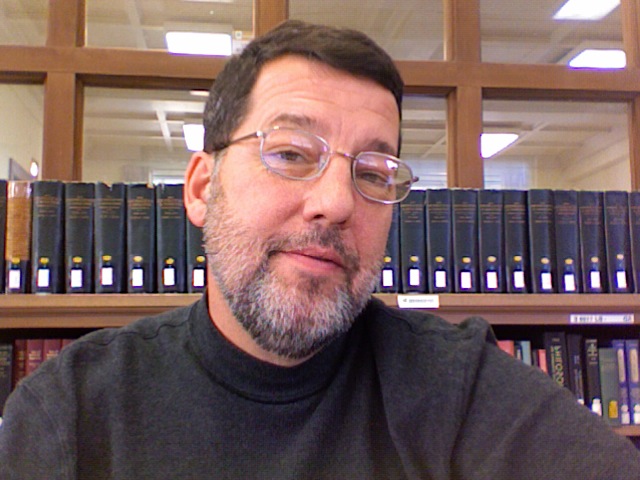
06 Apr REV. PAT BAILEY: EVOLVING LANDSCAPES, RESSURECTION
Editor’s note: Rev. Pat Bailey, pastor of Telluride’s Christ Presbyterian Church, takes a developmental and evolutionary view of faith, spirituality, and religious community. Join him for his weekly blog as he explores the ever-changing landscapes of perspectives and consciousness and discusses both the challenges and promise of trying to make meaning in our evolving social context.

Pastor Pat Bailey
Last week I spoke of resurrection as an aspect of evolutionary spirituality or the process of spiritual transformation. There is another evolutionary approach to resurrection that emphasizes more the physical and natural realm of our existence.
Fellow religious evolutionary Michael Dowd talks about how our understanding of three things helps to provide a deeply inspiring vision of the future: Big History, Human Nature, and Death and Chaos. (See thegreatstory.org). By including Death and Chaos, Dowd is pointing to the necessary and essential role both death and resurrection play in an evolving cosmos, that death itself is natural and generative at all levels of reality. Without the dance of death, there is no dance of life, and so death is no less sacred than life.
Such an evolutionary view of death and resurrection becomes possible when we view them through big history or deep time eyes. We now know that life propels itself forward into greater expressions of complexity. It is death and chaos that provide the catalysts for new life. As Dowd points out, without the death of stars there would be no elements, no planets, no life. Without the death of mountains, there would be no soil. Without the death of individual organisms and entire species, there would not be the complexity that we take for granted today, including ourselves. Death and resurrection are the very nature and shape of our cosmos.
To take an evolutionary view of existence does not require one to take an exclusively materialist view of existence, but it is to take seriously our material reality. Unfortunately, our religious worldviews sometimes insist on an exclusively unnatural, other-worldly view of our existence. I prefer to take a more integrated view of existence as both natural and spiritual, or both naturally spiritual and spiritually natural, Nature and Spirit interdwelling one another.
To accept death as natural, generative, and sacred is not to deny its destructive power as something we dread. The sting of death is our fear of death. Resurrection, whether natural or spiritual, breaks the power and sting of death. Faith, then, is trusting in the face of death and chaos that resurrection always follows. If we have a spiritual connection to the cosmos, then our consciousness sees more than just the physical and trusts that seeing, and so we bow, offering the center of our identity to something beyond our separate selves.


Sorry, the comment form is closed at this time.